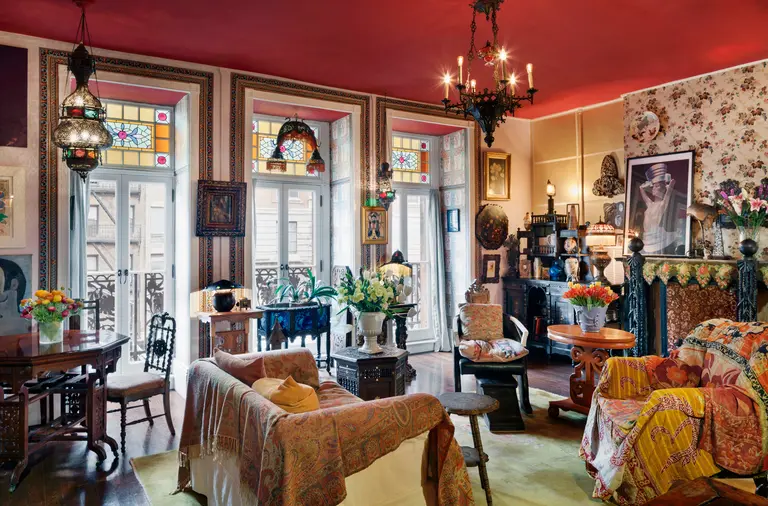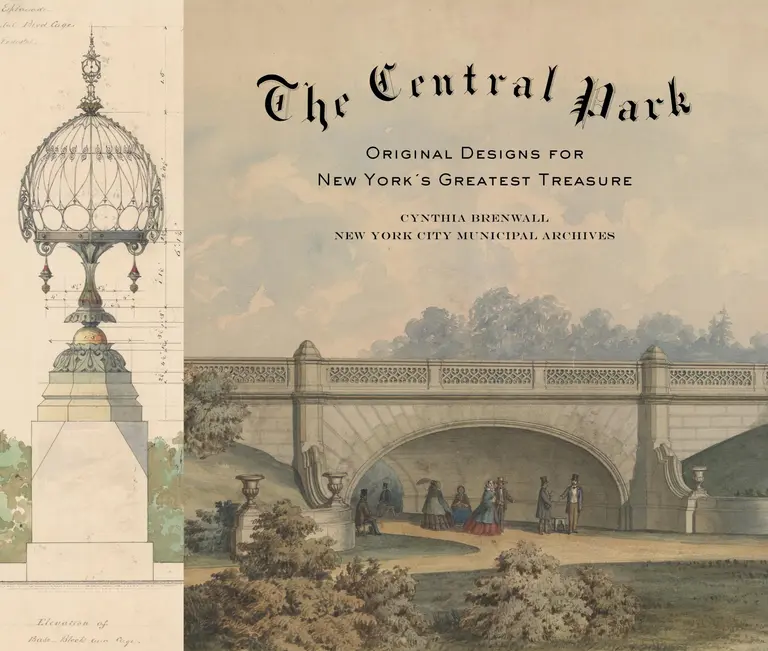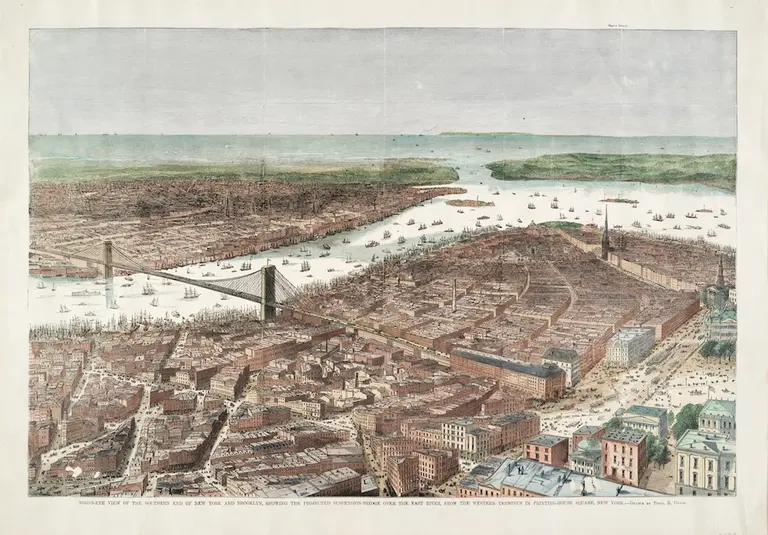Fall back in love with NYC through this new book of ‘hidden’ art treasures
Learn more and meet the author

The home of Suzanne Lipschutz, owner of antiques store Secondhand Rose. All Images by Colin Miller; courtesy of The Monacelli Press

All of the images in this post are included in “The Central Park: Original Designs for New York’s Greatest Treasure,” and are courtesy of the NYC Municipal Archives.

“Bird’s-eye View of the Southern End of New York and Brooklyn, Showing the Projected Suspension–bridge over the East River from the Western Terminus in Printing-House Square,” drawn by Theodore Russell Davis (1870)
Did you check your email while you were on the train or before you left home? If you’re reading this on a smartphone or laptop, does your reading history get stored in “the Cloud,” an all-knowing nebula of information that floats above us? What does the internet look like? Those are some of the questions artist […]







